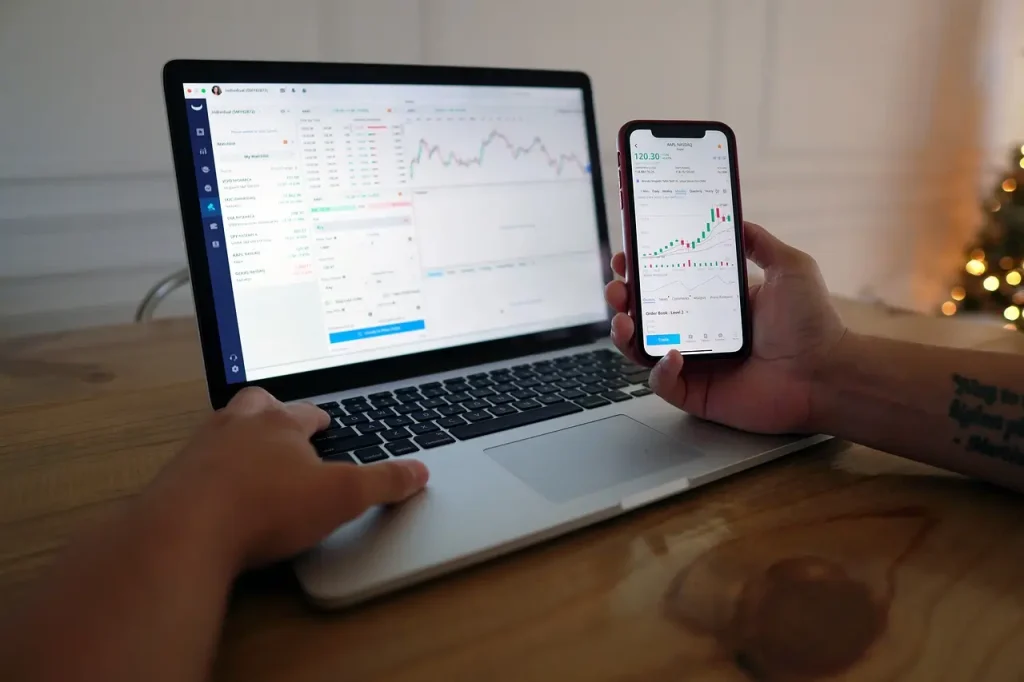Forex indicators are essential tools for traders to analyze market trends, spot opportunities, and refine their strategies. In this guide, we explore the most popular technical, fundamental, and sentiment-based indicators, explaining how they work and how to use them effectively. Whether you’re a beginner or an experienced trader, this comprehensive list will help you make informed trading decisions.
Forex indicators are powerful tools that help us make informed trading decisions by analyzing market trends, momentum, volatility, and more. You’re in the right place if you’re looking for the best forex indicators. The most popular ones include Moving Averages, the Relative Strength Index (RSI), MACD, Bollinger Bands, and Fibonacci Retracements. Each tool offers unique insights into price movements, helping traders identify trends and potential entry or exit points. However, choosing the right indicator depends on your trading style and goals. Let’s dive into the complete list to explore how these indicators work and how to use them effectively to maximize profits and minimize risks.
Forex indicators are mathematical tools that traders use to analyze past and current price data to predict future movements. These indicators help us make sense of complex market behavior, filtering out noise and highlighting trends, reversals, and potential trading opportunities. Some indicators focus on trends, while others measure momentum, volatility, or even market sentiment. By applying forex indicators correctly, we can improve our decision-making and increase our chances of success in the highly competitive forex market. These tools are widely available on trading platforms like cTrader, MetaTrader 4 (MT4), and MetaTrader 5 (MT5), allowing traders to customize their strategies with precision.
Forex indicators come in various categories, each serving a different purpose. The four main types are trend indicators, momentum indicators, volatility indicators, and volume indicators. Trend indicators, like Moving Averages and Bollinger Bands, help us identify the market’s direction. Momentum indicators, such as RSI and MACD, measure the speed and strength of price movements. Volatility indicators, including the Average True Range (ATR) and Bollinger Bands, show how much the market fluctuates. Volume indicators, like the On-Balance-Volume (OBV), help us determine the strength of a trend based on trading activity. Understanding these types allows us to choose the right tools for our trading strategies.
Join thousands of traders who trust VantoFX as their top trading provider. Experience the difference – trade with the best.
Don’t know which account will be best for you? Contact us.

Trading over-the-counter derivatives involves leverage and carries significant risk to your capital. These instruments are not appropriate for all investors and could result in losses exceeding your original investment. You do not possess ownership or rights to the underlying assets. Always ensure you are trading with funds you can afford to lose.